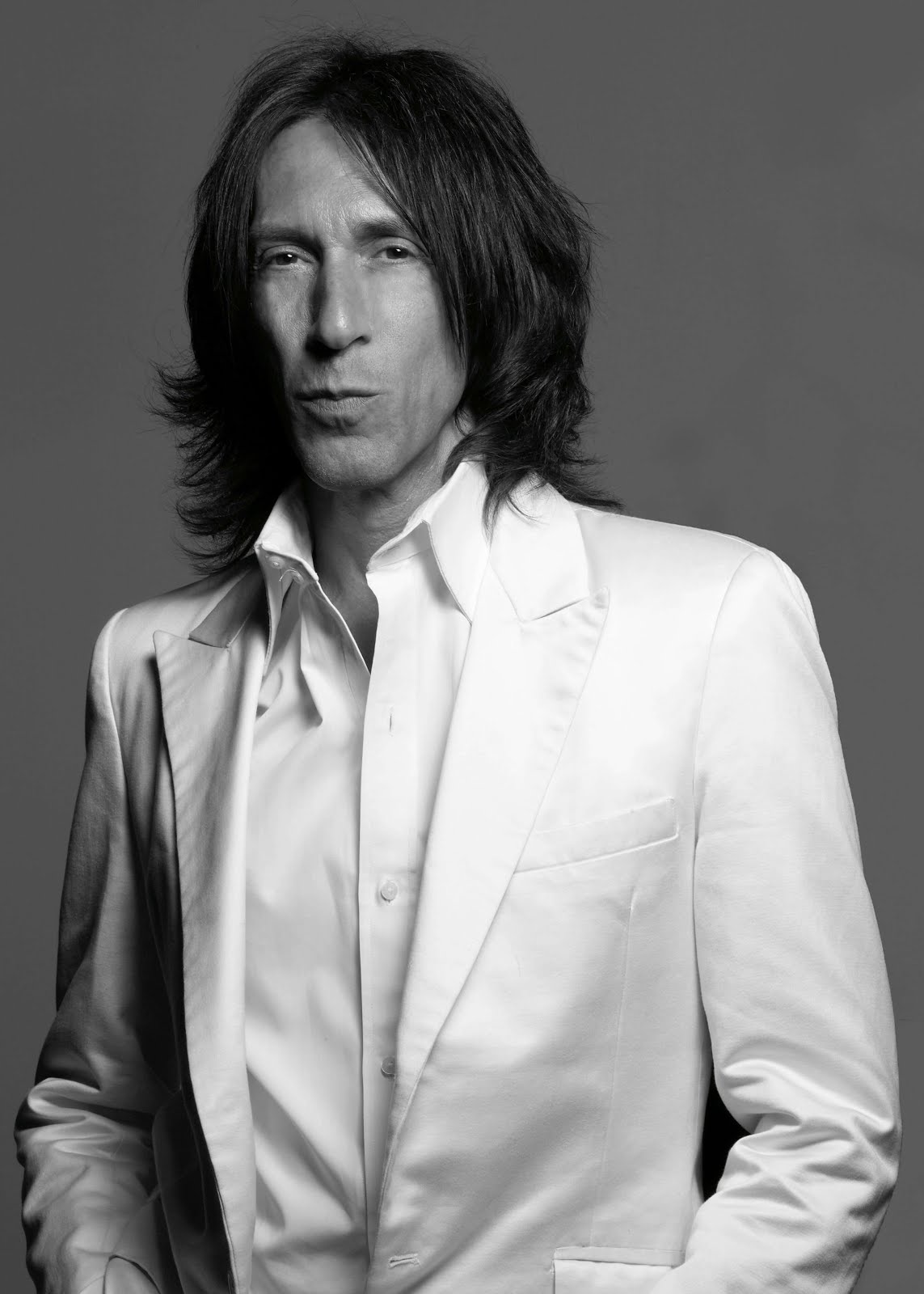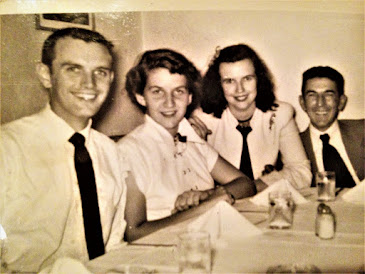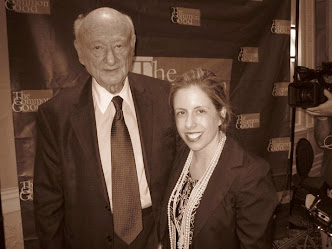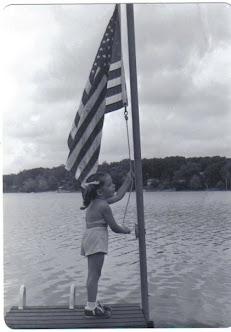Jo Ractliffe's Photographs of Angola and South Africa on Display at Met Museum Began this Week #JoRactliffe Our Coverage Sponsored by Bergen Linen
Jo Ractliffe (South African, born 1961). Roadside Stall on the Way to Viana (detail), from the series Terreno Ocupado, 2007. Inkjet print, 2015. On loan from the artist, courtesy of Stevenson, Cape Town and Johannesburg. © Jo Ractliffe. Courtesy of Stevenson, Cape Town and Johannesburg
Bergen Linen is a family-owned business that understands your need for quality linen cleaning and rental services. Your guests expect the best and we can help make that possible with our full line of services. From large at-home dinner parties to an extravagant wedding, we will work with you to create your vision. Table linens include tablecloths, napkins, overlays, chair covers and sashes.
Are you a business owner? Bergen Linen has a menu of services for industries including restaurants, catering venues, boutique hotels, and spas. Allow us to create a program that works with your needs within your budget. And it doesn’t just stop at linens. Bergen Linen also offers full interior cleaning services and uniform sales.
Bergen Linen
172 Johnson Avenue
Hackensack, NJ 07601
If you are interested in our services, please feel free to email info@bergenlinen.com or call (800) 789-8115. A Bergen Linen team member would be happy to discuss your options. Schedule your complimentary consultation today.
***
Exhibition Dates: August 24, 2015-January 3, 2016
Exhibition Location: Lila Acheson Wallace Wing, north mezzanine, Gallery 914
The Aftermath of Conflict: Jo Ractliffe's Photographs of Angola and South Africa at The Metropolitan Museum of Art beginning August 24 features 23 works produced over the past 10 years by South African artist Jo Ractliffe (born 1961). The photographs examine the landscapes of Angola and South Africa as sites of conflict and contention. Focusing on the aftermath of the Angolan Civil War and the intertwined conflict known in South Africa as the "Border War," her photographs address themes of dispossession, history, memory, and erasure. The exhibition highlights Ractliffe's engagement with the land and structures of Angola's capital, Luanda, as well as with places in the Angolan and South African countryside where unmarked mass graves, minefields, and former military testing sites reveal the complex traces of the past in the present.
The 23 works on loan from the artist include single images, diptychs, and triptychs selected from three photographic series: Terreno Ocupado (2007), As Terras do Fim do Mundo (2010), and The Borderlands (2013). In Terreno Ocupado, Ractliffe establishes the city of Luanda as a multilayered place of both historical dispute and present-day struggle. Photographs highlighting the Portuguese colonial occupation of Angola and its imprint on the built environment appear alongside works depicting the often harsh economic conditions of Luanda today. By focusing on the structural instability of the city's shanty towns, as well as the longer history of political instability threading through their foundations, these photographs question what it means for land to be occupied, abandoned, and struggled over.
The works selected from 2010's As Terras do Fim do Mundo highlight traces of the Border War, a conflict fought in rural Angola and present-day Namibia between South Africa and its allies on one side and, on the other, the exiled Namibian liberation movement, the Angolan government, and their allies. For this series, Ractliffe traveled alongside ex-soldiers returning to the desolate places where they had fought. The images produced on these trips include photographs of unmarked mass graves, minefields, and other often-inconspicuous signs of past conflict, showing how landscape can function as a repository of histories and memories and yet not be apparent at first glance. Most of the photographs in this series appear devoid of human presence, but in a triptych featuring mural representations of the conflict's three key political leaders—Fidel Castro, Agostinho Neto, and Leonid Brezhnev—Ractliffe points more directly to notions of individual agency, culpability, and experience.
For her most recent series, The Borderlands, Ractliffe sought out sites in South Africa that were intricately connected to the history of the Border War and photographed their inhabitants amid their surroundings. The people she photographed, often the subjects of forced relocation and living in precarious conditions, exist at the intersection of the region's troubled history and challenging present. Works from this series show how histories of violence and dispossession under apartheid intersect with these militarized landscapes.
The Aftermath of Conflict has been organized to coincide with the special exhibition Kongo: Power and Majesty, which focuses on works created by artists in present-day Angola between the 16th and 19th centuries (on view at the Metropolitan MuseumSeptember 17, 2015–January 3, 2016). The landscapes captured by Ractliffe consider a more recent chapter of Angola's history.
The Aftermath of Conflict: Jo Ractliffe's Photographs of Angola and South Africa is curated by Yaëlle Biro, Associate Curator in the Department of Africa, Oceania, and the Americas at the Metropolitan Museum, together with Dr. Evelyn Owen, the 2013–2015 Mellon Curatorial Fellow at The Africa Center, New York, in collaboration with the Museum's Department of Modern and Contemporary Art and Department of Photographs.
Education programs will be offered in conjunction with the installation, including a Sunday at the Met event on October 18.
The exhibition is featured on the Museum's website, as well as on Facebook, Instagram andTwitter via the hashtag #JoRactliffe.













































































